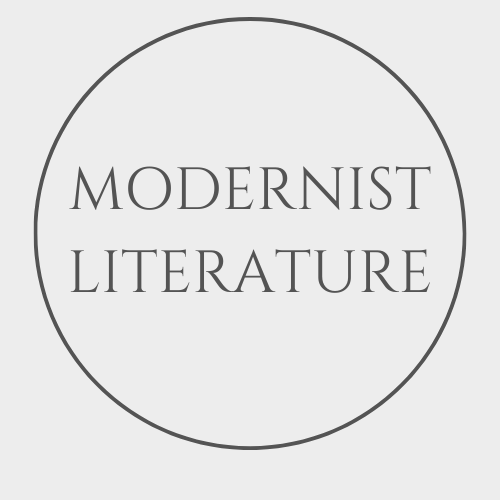Modernist literature arose in response to the upheavals of the late 19th and early 20th centuries, encompassing World War I, the Industrial Revolution, and the changing social dynamics brought about by urban development. Consequently, this period of flux prompted writers to reassess traditional literary conventions and seek new ways to express the fragmented, chaotic, and ambiguous nature of contemporary existence. In light of these challenges, modernist writers embarked on a quest for innovative forms of artistic expression.


Utopian Literature - Gud Reader
29th Jan 2024[…] Modernist Literature […]